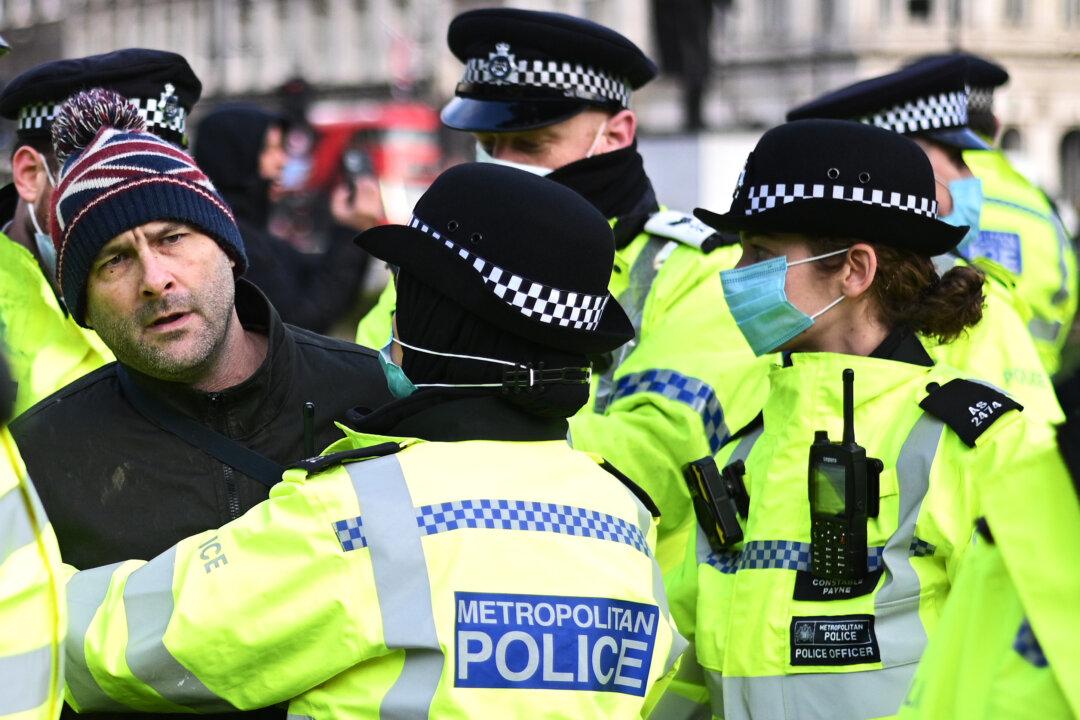England’s National Health Service is struggling more amid the CCP virus pandemic than it has in its 72-year history, its Chief Executive Officer said on Sunday.
NHS chief Sir Simon Stevens told the BBC’s Andrew Marr program that hospitals across the country continue to fill up with Covid-19 patients and “staggeringly” another person is admitted with symptoms “every 30 seconds.”





